The year 2020 marks a milestone in humanity’s learning process. The impact on the planet has been so great that scientists around the world are now calling for our period in the Earth’s history of just 200,000 years to be named ‘The Anthropocene Epoch,’ (the age of humans). We look at the facts behind the documentary on humanity’s massive reengineering of the planet, “ANTHROPOCENE: The Human Epoch,” from the multiple-award winning team of Jennifer Baichwal, Nicholas de Pencier and Edward Burtynsky, and attempt to gleam personal lessons.
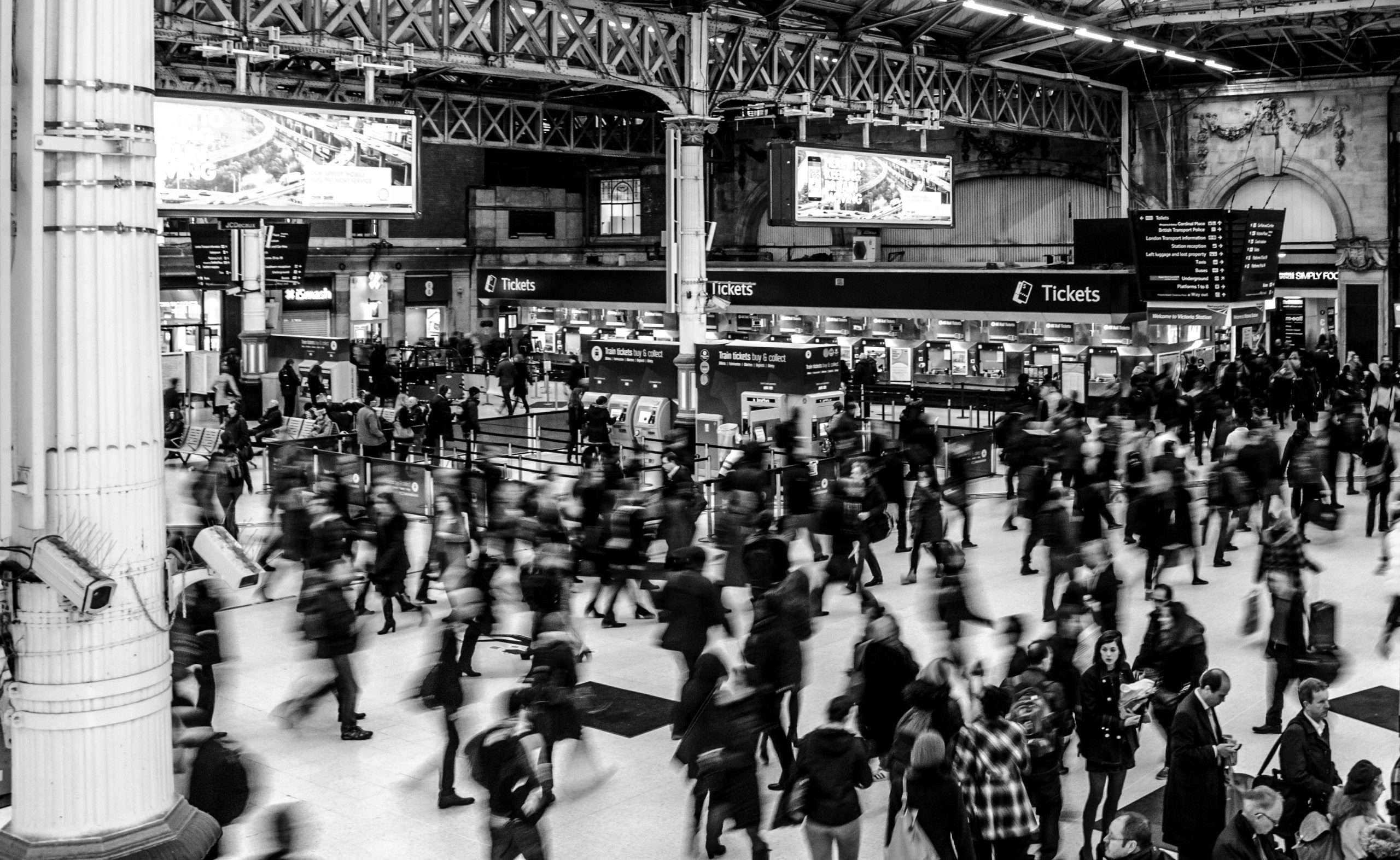
Source: Pexels
What’s an epoch?
In general, we may define an epoch in history as a fixed point of time that marks a grand or remarkable event. Such an great event that it changes the nature of what is to follow. Examples include creation; as the moment of the beginning of the world as we know it. Another example may be the birth of Christ as the epoch which gave rise to the Christian era. In paleontology, the non-bird dinosaurs were said to have lived between about 245 and 66 million years ago, in a time known as the Mesozoic Era or dinosaur epoch. Scientists divide this epoch into three periods: the Triassic, Jurassic and Cretaceous. The epoch finally ended with the extinction of the dinosaurs about 66 million years ago.
What is the Anthropocene?
The word Anthropocene comes from the Greek terms (‘anthropo’) for human and (‘cene’) for new. It was coined in the 1980s, and made popular in 2000 by atmospheric chemist Paul J Crutzen and researcher Eugene F Stoermer. The two scientists suggested that we are living in a new geological epoch.
Source: YoutTube
It was the arrival of our species, Homo sapiens, onto the Earth when it is believed, that a significant impact on Earth from its people first occurred. Its effect was lasting and potentially irreversible. Earth’s systems, environment, processes and biodiversity are being impacted by humans.
our Planet and the Anthropocene Epoch
The Earth is believed to be 4.5 billion years old, and modern humans have been around for about 200,000 years. Yet in that time, we have fundamentally changed the physical, chemical and biological systems of the planet. In the past 60 years, human impact has increased at an unprecedented rate and scale. Carbon dioxide emissions, global warming, ocean acidification, habitat destruction, extinction and widescale natural resource extraction are all signs that humans have modified the planet.
However, as with most things related to natural events, not everyone agrees that these changes represent enough evidence to declare a new Anthropocene Epoch. However, we can say that in geological terms, epochs last for millions of years. They change rock layers, such as mineral composition and have distinctive fossil layers. This defines an epoch. In the last 11,500 years, Earth has been in the Holocene Epoch. Its beginning was marked by at the end of the last ice age, when glaciers covering the Earth and started to disappear.
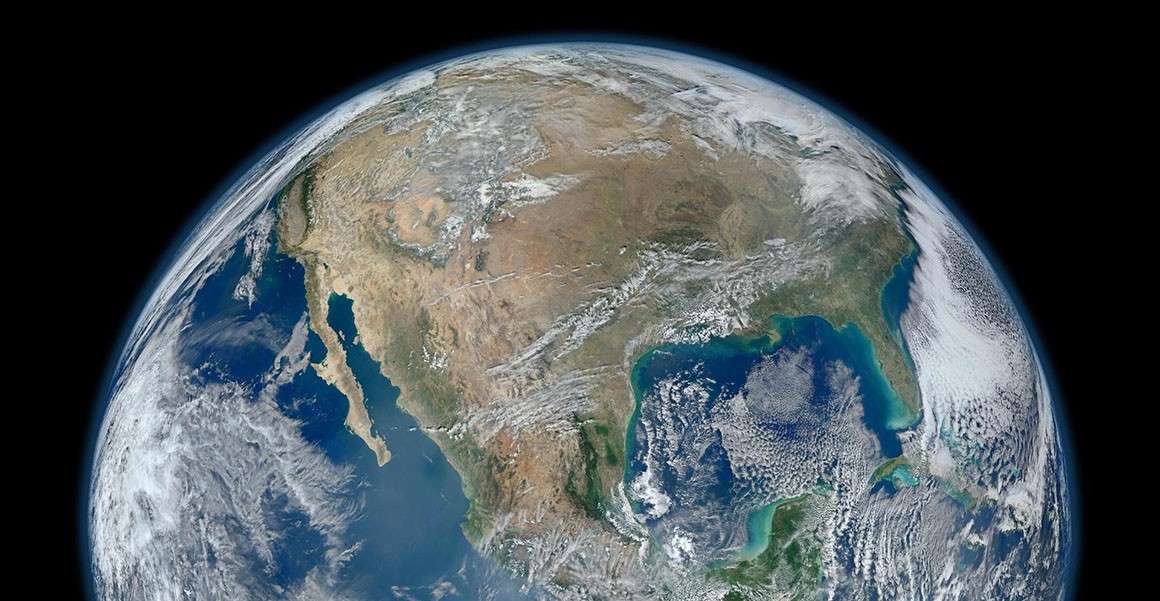
Source: NASA
How has Earth changed during the current Anthropocene epoch?
In modern times, the Earth has been impacted by many factors that are man-made.
Renewable Resources
Humans are currently completely reliant on fossil fuels, such as iron and other metals, minerals and commodities such as sand. However, Earth also provides for our needs with renewable resources, such as timber, clean water, air, healthy soils and fish. However, our demands on the Earth are so great that according to the Global Footprint Network, we are now using those resources at almost twice the rate that the Earth can renew them.
On the other hand, some people propose that if we make production more efficient that we will use fewer resources. A study by the Massachussets Institute of Technology in 2017 evaluated the use of raw materials such as crude oil and silicon, and found that greater efficiencies led to price reductions, but not necessarily less usage.
Poverty
Today billions enjoy an affluent style, but 10 percent of the world’s population live in extreme poverty. Poverty is not a consequence of the lack of global resources, but by the lack of political and economic injustice. Therefore, the poorest people are almost always at greatest risk of environmental damage, climate change and lack of resources due in no small part to their lack of capacity to deal with the problems.
Family Size and Poverty
The world’s poorest countries tend to have the largest family sizes and fertility rates. When people have no economic security and cannot rely on their government and a social safety net, they often have children to ensure they will be looked after when they are older.
Unfortunately, poor people with large families may perceive the need to take children out of education early to work in the family business, or marry off their daughters. This often leads to them living in deprived communities where access to modern family planning facilities is missing or inadequate. This leads to even larger next generation families—perpetuating the cycle of poverty.
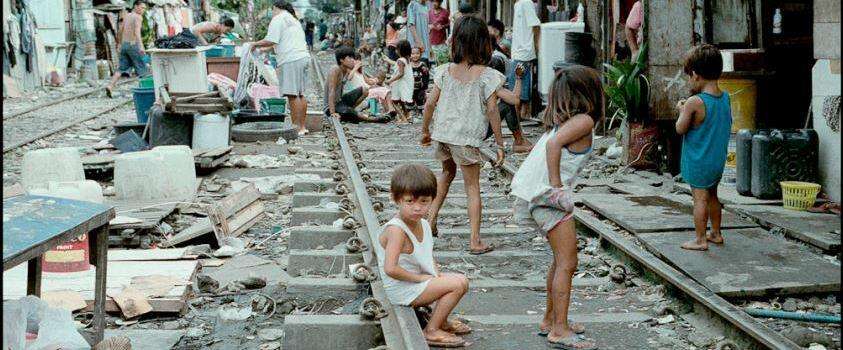
Source: Population Matters
Local Environmental Destruction
People living in poverty usually make a small impact on problems such as climate change. However, they can have a major impact on their local environment. Such problems include: erosion of soils in an attempt to increase crop yields, depleting fish stocks to provide food, and cutting down local forests for timber and firewood. In addition to these problems, actions, such as conflicts between humans and wildlife with hunting of animals for food, negatively impacts their biodiversity. Environmental damage can have wider impacts as well. In places where there is no water supply and no refuse collection, people often discard plastic packaging or bottles, sometimes into waterways, contributing to increased plastic pollution in the oceans.
The Climate Crisis
Some say that further warming of our atmosphere is now impossible to avoid. However, these effects will depend on how high and how fast the temperature rises. Global warming changes cause weather patterns, severe weather events, heatwaves, droughts and floods.
Climate change is already shrinking glaciers and ice caps, altering the availability of fresh water. It also contributes to ocean acidification, destroys coral reefs and other aquatic ecosystems. On the land, it makes places uninhabitable for some plants and animals, leading to extinctions and redistribution of species, threatening even further food production and makes plants susceptible to pests and diseases.
For many people in the world, the impacts of climate change are already here: extreme weather events like the Australian bush fires and floods in Kenya that devastate lives. While critical impacts on agriculture such as through soil degradation and unseasonal weather lead to unpredictable and unstable crop yields.
Its potential human cost is catastrophic. A sea levels rise threatens hundreds of millions of people in coastal communities and cities across the globe. Food and water shortages and conflict over productive land has already arisen.
Habitat Destruction
As the world population increases, ever more people need ever more space. Damaging human activity continues to encroach on natural environments, thereby destroying the habitats of countless species. As human numbers rise, cities, infrastructure and cropland are growing and merging into each other, fragmenting the remaining habitat and leaving isolated “islands” of natural populations of plants and animals too small to survive.
Exploitation
Ever more people need ever more things. Humankind’s relentless consumption of resources such as timber, oil and minerals is continuing to destroy natural habitats around the globe. We are also putting enormous pressure on populations of wild species, both by bushmeat hunting in the developing world and by large-scale industrial fishing in the seas. Wildlife poaching and trafficking is also still presently a huge threat to many species, including rhinos, tigers and pangolins.
Climate Change
Ever more people produce ever more climate emissions. Our planet is on the verge of a climate crisis due to our endless production of greenhouse gases including carbon dioxide and methane. We are headed for a 3-4 °C warmer world by the end of the century if nations’ do nothing. We are already seeing species decline due to global temperature increase. Every half a degree of warming has a huge knock-on effect on ecosystems. Mobile species arerunning out of areas to migrate to, and temperature-sensitive organisms like corals undergoing rapid die-off.
Pollution
Ever more people produce ever more waste and pollution. As populations increase, the disposal of waste from households, agriculture and industry, becomes an increasingly serious issue. Our oceans are becoming choked with plastic waste which is killing millions of animals, from sea turtles to whales.
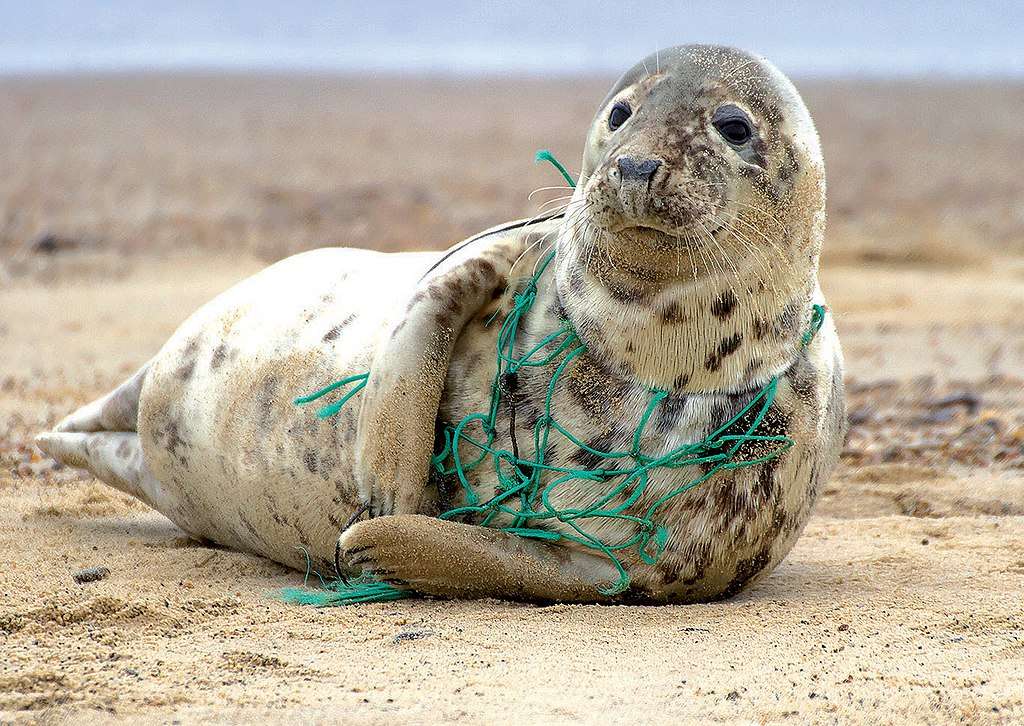
Source: Earth.org
Agricultural Intensification
Ever more people need ever more food. Agriculture is a primary driver of habitat destruction, climate change and pollution. Agriculture takes up 50% of all habitable land on Earth. 80% of extinction threats to mammal and bird species are due to agriculture. The modern food systems are also the biggest contributor to climate change, responsible for around a third of all greenhouse gas emissions, with more than half of these come from animal agriculture.
Invasion of Species
Ever more people means ever more travel. Human travel across the world has a very large emissions footprint but it has also allowed the spread of invasive species, both accidental and intentional. Because of the introduction of non-native species to some areas. These include rabbits and cats in Australia, goats on St. Helena, a remote island in the Atlantic, and American mink in Great Britain. Humans have put many vulnerable ecosystems at risk, threatening native species and diminishing biodiversity.
The Anthropocene Epoch: What are the signs?
As stated above, scientists still debate whether the Anthropocene is different from the Holocene. The primary question is; have humans changed the Earth to the point that it is reflected in the rock strata?
To those scientists, the Anthropocene describes a new geological time period. The next question then must be, when did it begin? A popular theory widely debated, is that it began at the start of the Industrial Revolution of the 1800s. At that time, human activity had a great impact on carbon and methane in the Earth’s atmosphere. Others however, think that it began in 1945. This is when humans tested the first atomic bomb. Then dropped atomic bombs on Hiroshima and Nagasaki, Japan. The resulting radioactive particles were detected in soil samples globally. This was then followed in the 1950’s by many underground tests. In 2016, the Anthropocene Working Group agreed that the Anthropocene is different from the Holocene, and concluded that it began in the year 1950.
Can we undo the damage caused by the age of humans in the Anthropocene Epoch?
We have looked at the one Earth, and the age of humans. The 7.9 billion people on it, are using more of its resources than it can provide. Every new person is a new consumer, adding to that demand. Some of us take far more than others and there are many steps we must take to make our consumption sustainable.
The effects of global warming are already bringing harm to human communities and the natural world. Further temperature rises will have a devastating impact and more action on greenhouse gas emissions is urgently required. Multiple factors contribute to climate change, and multiple actions are needed to address it. The number of people on our planet is one of those factors. Every additional person increases carbon emissions (the rich far more than the poor) and increases the number of climate change victims.
Can it be undone is a question that requires immediate action by all governments of the world. Many people are increasingly being concerned that we are already beyond the point of no return. The readers are invited to make up their own mind, but the Anthropocene epoch means NOT business as usual.
Otherwise, a new period of tremendous human disruptions to the living systems of planet Earth, with profound implications for human health, energy, climate, ecosystems, politics, law, economies, and scientific and cultural endeavour will follow. The Grand Challenge on Thriving in the Anthropocene will require Anthropocene thinking. Shining a light on how we THRIVE, not merely survive, in this new era of human-making.
why Is it essential that we focus on the Anthropocene epoch?
Being aware of the severe impact humans have had on the natural world during this Epoch is essential, as it provides clarity on what our responsibilities are, in order to undo and counteract the effect we have had upon the natural world. Not only is it devastating to the environment, but it is devastating to us also, and our very existence upon earth. This is why it is essential to act, to be aware of what we within society, companies, and governments can do to counteract this impact.
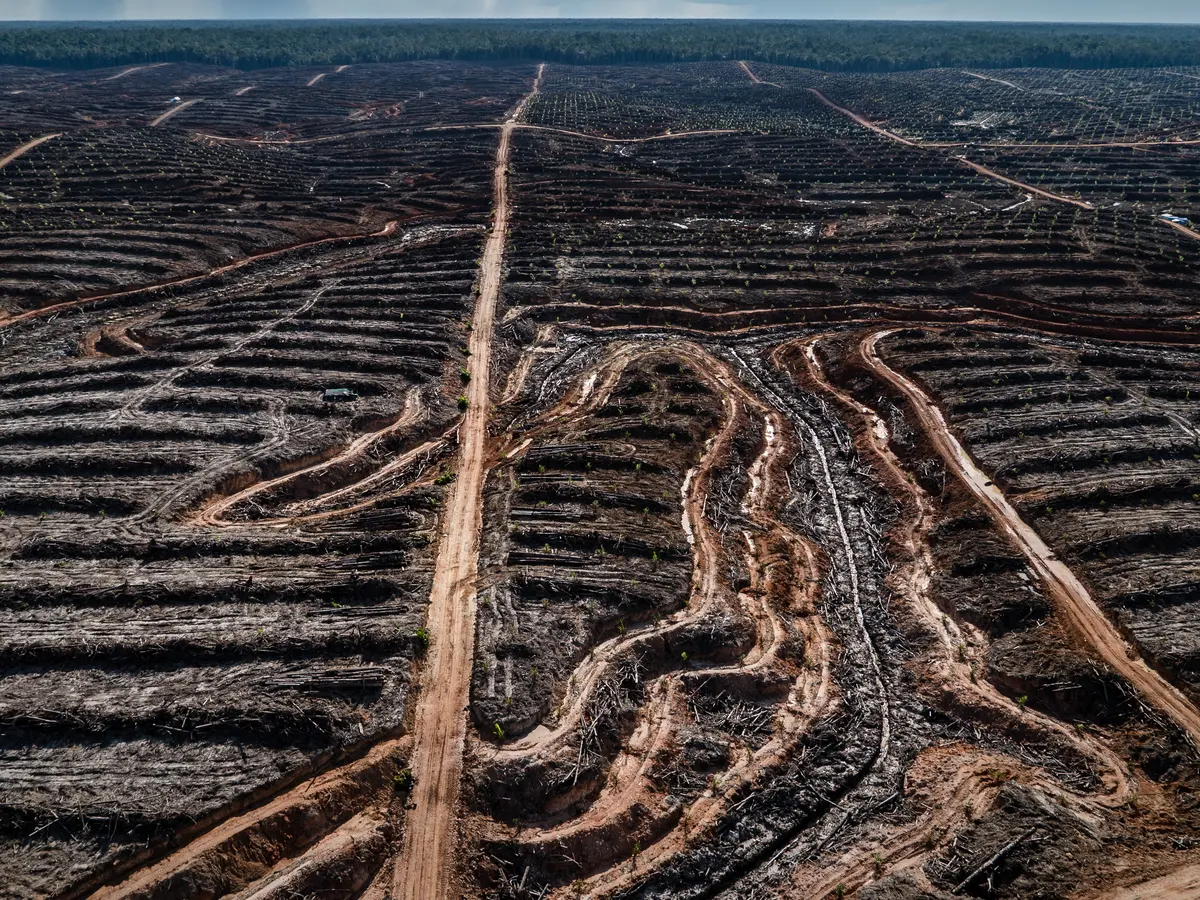
Source: The Guardian
achieving the United Nations Sustainable Development Goals (SDGs) and how they link to the Anthropocene epoch
The United Nations SDG’s, particularly SDG’s 13, 14 and 15, Life on Land, Life Below Water, and Climate Action, are all central to the impact we have had on the natural world during this Epoch. If we want to undo the impact we have had, we need to look at addressing each of these areas. This includes addressing the plundering of the ocean, and pollutions impact within the ocean from plastics to ocean acidification, as well as deforestation and land conversion, biodiversity loss, extinction of species, and pollution on land. To of course addressing the impact of greenhouse gases, by reducing fossil fuels and deforestation and facilitating better carbon sequestration. All of these areas need to be addressed to turn around the impact we’ve had and enable a Thrivable world to flourish in the future.
A Thrivable Framework
The Anthropocene Epoch highlights the devastation we have wreaked upon the planet, and what is required to be counteracted. By taking an approach in all areas of sustainability, the THRIVE Project invests interest in issues fundamental to preserving the natural world and safeguarding the environment which also benefits humans.
The THRIVE Framework examines issues and evaluates potential solutions – making predictive analyses using topics such as is discussed in this article, that support environmental and social sustainability transformations. We recognise that the pursuit of human happiness can sometimes compete with environmental wellbeing. Therefore, THRIVE utilises our ciambella chart
The climate crisis, and addressing environmental issues as highlighted as created during the Anthropocene Epoch is paramount to THRIVE’s mission. THRIVE intimately promotes that environmental, ecological, and social needs can be met simultaneously without adversely encroaching on each other. By researching, educating, and advocating on this issue, we can make the changes required.
To learn more about how The THRIVE Project is researching, educating, and advocating for a future beyond sustainability, please visit our website. You can follow our informative blog and podcast series to learn about our regular live webinars. We feature experts in sustainability fields, including many rich discussions on social inclusion. Sign up for our newsletter for regular updates.























